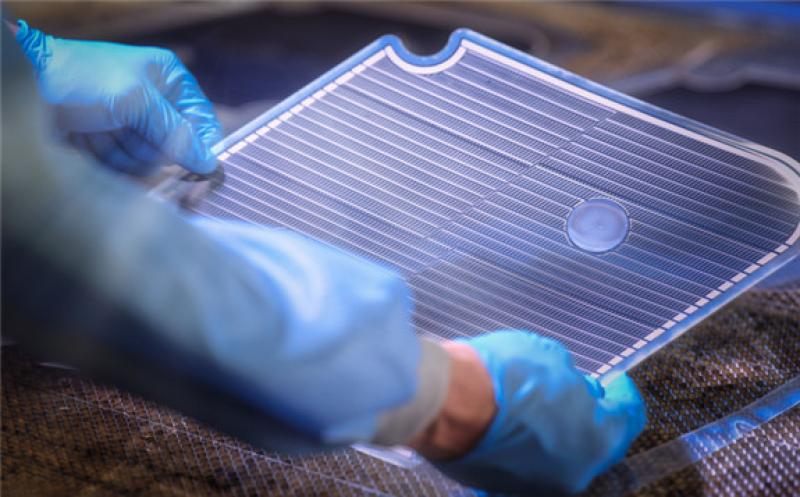Organic photovoltaics (OPV) expert ASCA has expanded the color portfolio of its solar films by integrating new acceptor materials into its products. The ASCA company is receiving the novel materials from its long-standing partner Nano-C.

US-based Nano-C specializes in developing nanostructured carbons for energy and electronics applications. ASCA uses the company’s materials, including fullerenes and their derivatives, for the photoactive layers of its OPV films. The hollow, closed molecules – whose carbon atoms arrange themselves in pentagons or hexagons – constitute a chemical modification of the element carbon and their electronic properties make them suitable for OPV applications.
Nano-C's new fullerene-based electron acceptors can be easily processed in a roll-to-roll process, thus making it possible to produce gray OPV modules that meet the color requirements of the architectural and construction industries. “Since we began working together in 2016, we have successfully assisted ASCA in several projects. Thanks to our trustful and efficient cooperation, we have also recently expanded ASCA’s portfolio while maintaining the highest performance standards. Our success has encouraged us to further expand our partnership,” says Kerin Perez Harwood, Director of Business Development at Nano-C.
ASCA and Nano-C sign partnership agreement
The two companies have now reached a partner agreement to further strengthen their collaboration for the long term. Together, ASCA and Nano-C aim to meet the growing demand for organic solar cells and their components. “The partnership agreement naturally has a positive effect on the material costs of our products,” explains Dr. Sebastian Meier, Vice President of Corporate Development and Partner Management at ASCA. “On the other hand, and much more important, is our stated intention to jointly advance OPV and build a stable partnership in the long term.”
Thus, the partnership includes approaches designed to accommodate the increasing maturity of OPV technology and keep pace with market progress thanks to the scaling they have achieved. In addition, the agreement also includes a technological component: the partners have decided to intensify their joint research and development activities. This means that future novel materials from Nano-C will also be part of the agreement so that the companies can investigate and improve their suitability as acceptors in OPV components.